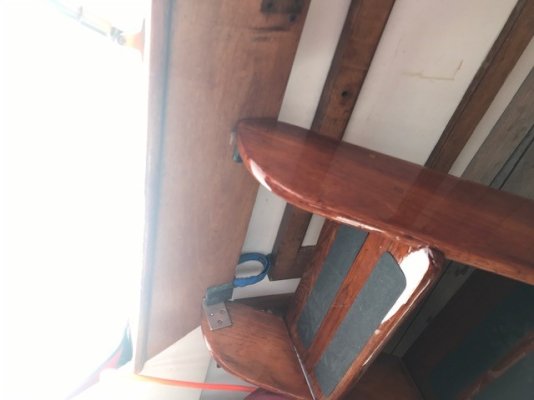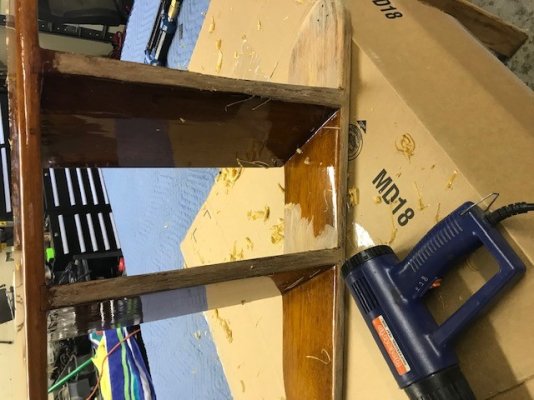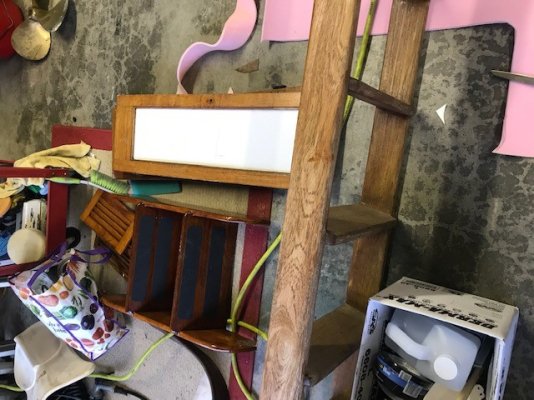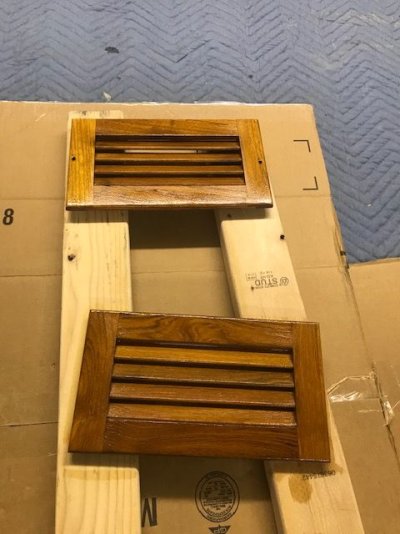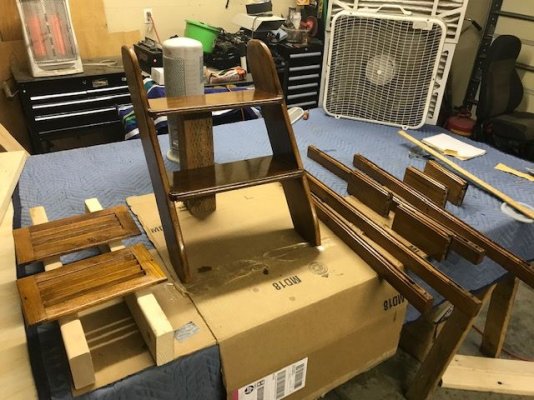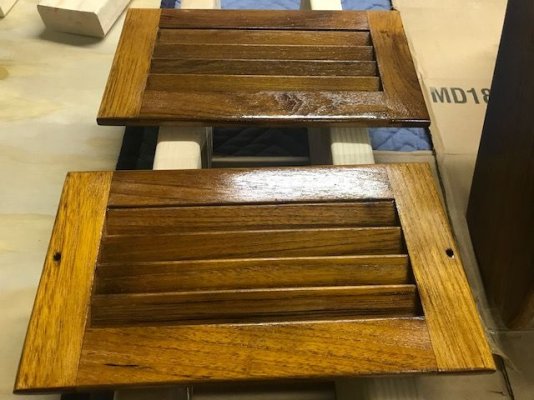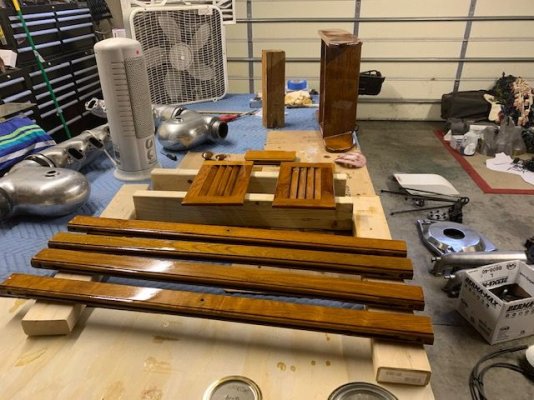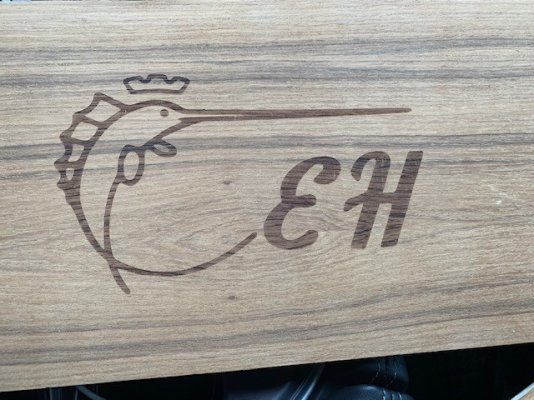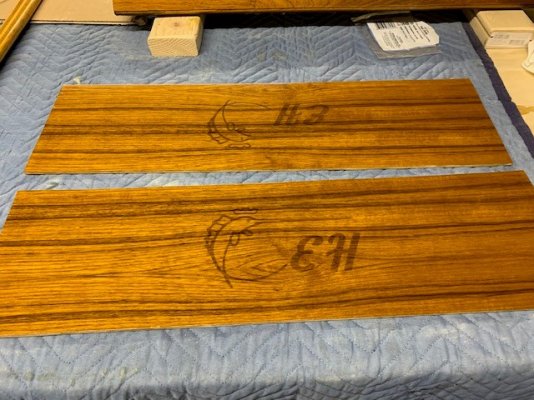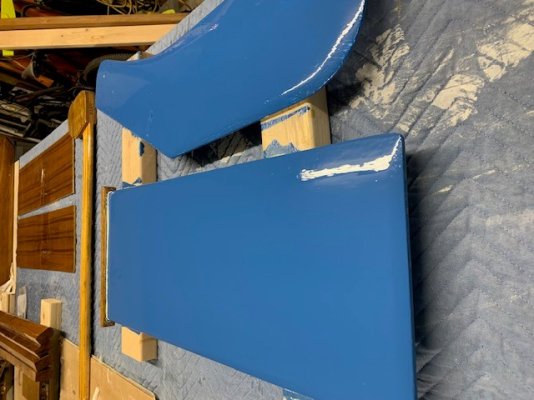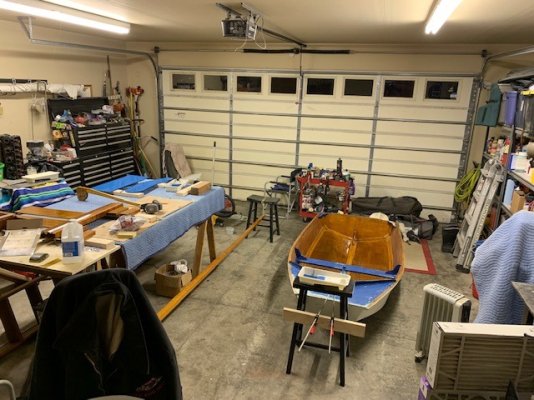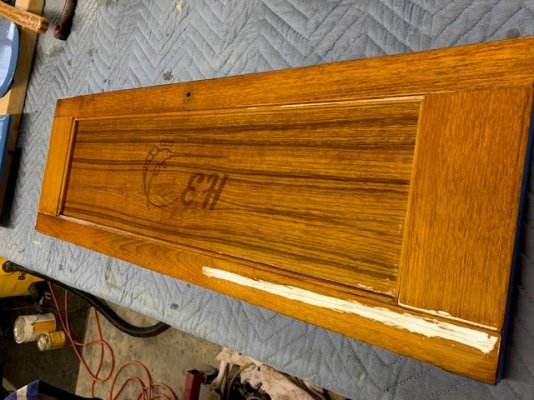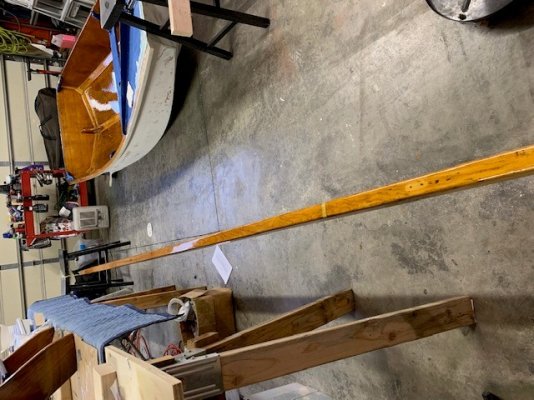Varnishing techniques
Ron, if your aim was to eliminate every imperfection in the wood then you are about 8 coats of varnish too late. Imperfections are supposed to be resolved before any varnish or stains are applied using flat board sanding, bleaching, staining, wood replacement, etc. Varnish is not wood filler. It will fill the wood grain with repeated coats and sanding flat between coats. Your beginning sanding might remove most of the varnish that you just applied leaving behind the varnish in the wood grain. To make this process easier most boat restorers use filler stain that fills most of the grain. Now to your question if you want to get to the quality of what 1500 paper will leave wet sand very curred varnish with 1500 quit followed by buffing with 3m finessit which is designed to remove 1500 grit swirls.. Antique boat restores use this process when completing a show quality concourse boat which will probably never see any water.
Ron, if your aim was to eliminate every imperfection in the wood then you are about 8 coats of varnish too late. Imperfections are supposed to be resolved before any varnish or stains are applied using flat board sanding, bleaching, staining, wood replacement, etc. Varnish is not wood filler. It will fill the wood grain with repeated coats and sanding flat between coats. Your beginning sanding might remove most of the varnish that you just applied leaving behind the varnish in the wood grain. To make this process easier most boat restorers use filler stain that fills most of the grain. Now to your question if you want to get to the quality of what 1500 paper will leave wet sand very curred varnish with 1500 quit followed by buffing with 3m finessit which is designed to remove 1500 grit swirls.. Antique boat restores use this process when completing a show quality concourse boat which will probably never see any water.

